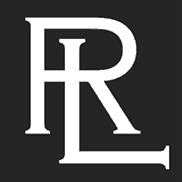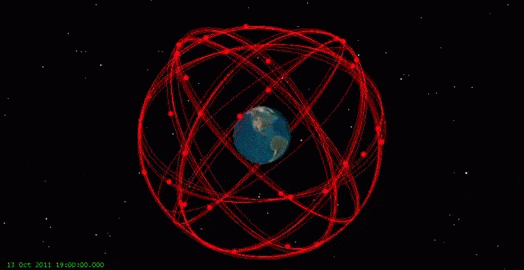Agile What is Agile??/
blue
Green
Light blue
Orange
Red
Agile Waterfall, Lean and Scrum
Agile Waterfall, Lean and Scrum
Agile Waterfall, Lean and Scrum
Agile Waterfall, Lean and Scrum
Agile Waterfall, Lean and Scrum
Agile Waterfall, Lean and Scrum
Button Styles
| Firstname | Lastname | |
|---|---|---|
| Default | Defaultson | def@somemail.com |
| Success | Doe | john@example.com |
| Danger | Moe | mary@example.com |
| Info | Dooley | july@example.com |
| Warning | Refs | bo@example.com |
| Active | Activeson | act@example.com |
Differences between Waterfall, Iterative Waterfall, Scrum and Lean Software Development (In Pictures!)
This simple overview of the different Agile-Lean methods found was too great to not share. Sometimes it is best to keep it simple to build a foundational understanding….then build on that. Pictures speak a thousand words.
- Waterfall Development,
- Iterative Waterfall Development
- Scrum/Agile Development
- Lean
Thanks goes out to author Tara Lee Whitaker, a digital program director of a leading consumer magazine publisher in the UK. She has over 10 years of experience in the areas of product, project and program management. — The Agilista PM
.
Waterfall Development
‘Waterfall Development’ is another name for the more traditional approach to software development.
It’s called ‘waterfall’ as this type of development is often planned using a Gantt chart – you complete one phase (e.g. planning) before moving on to the next phase (e.g. development).
In Waterfall approaches, you will rarely aim to re-visit a ‘phase’ once it’s completed. As such, you better get whatever you’re doing right the first time!
This approach is highly risky, often more costly and generally less efficient than more Agile approaches.
The main issues with this approach include:
- You don’t realise any value until the end of the project (when you deploy) (See: Self-Funding Projects, a Benefit of Agile Software Development)
- You leave the testing until the end, which means you’re leaving issue discovery until late in the day
- You don’t seek approval from the stakeholders until late in the day – their requirements might have changed
- You’re heavily reliant upon a plan, which you can/will often follow to the detriment of the end result
- You’re heavily reliant upon a project manager driving the way – the power of one
Iterative Waterfall Development
This approach carries less risk than a traditional Waterfall approach but is still far more risky and less efficient than a more Agile approaches. The focus is on delivering a sprint of work as opposed to a series of valuable/shippable features. The most commonly occurring issue in this type of scenario (in my experience) is bottle necking. For example, you deliver loads of code a little bit behind schedule (?) and you leave it until the last minute to test everything. One issue takes longer than expected to resolve, you miss your sprint deadline and you deliver nothing. Another common symptom of this type of approach is over-commitment. It’s really difficult to estimate the total effort associated with a particular User Story/Feature when approaching delivery in this phased way. You’re more or less forced to estimate each phase separately (e.g. estimate development separately to testing in this instance) – this doesn’t work as the phases are not separate, they’re totally intertwined. For example, if you find an issue with the test, you must return to development. The whole team must remain focused on delivering the end goal, not the separate phases. It’s also worth noting that velocity and burn downs are far less (if at all) useful in this type of environment – you don’t benefit from early-warning-signs as you don’t find out whether you’re on track until the end of the sprint.
Scrum Development
This approach carries far less risk than Waterfall approaches. We focus on delivering fully-tested, independent, valuable, small features. As such, we diversify our risk – if one feature goes wrong, it should not impact another feature. With that said, we still plan our work in iterations and we will still release at the end of each iteration.
Lean Development
Lean is very similar to Scrum in the sense that we focus on features as opposed to groups of features – however Lean takes this one step further again. In Lean Development, you select, plan develop, test and deploy one feature (in its simplest form) before you select, plan, develop, test and deploy the next feature. By doing this, you further isolate risk to a feature-level. In these environments, you aim to eliminate ‘waste’ wherever possible – you therefore do nothing until you know it’s necessary or relevant.





